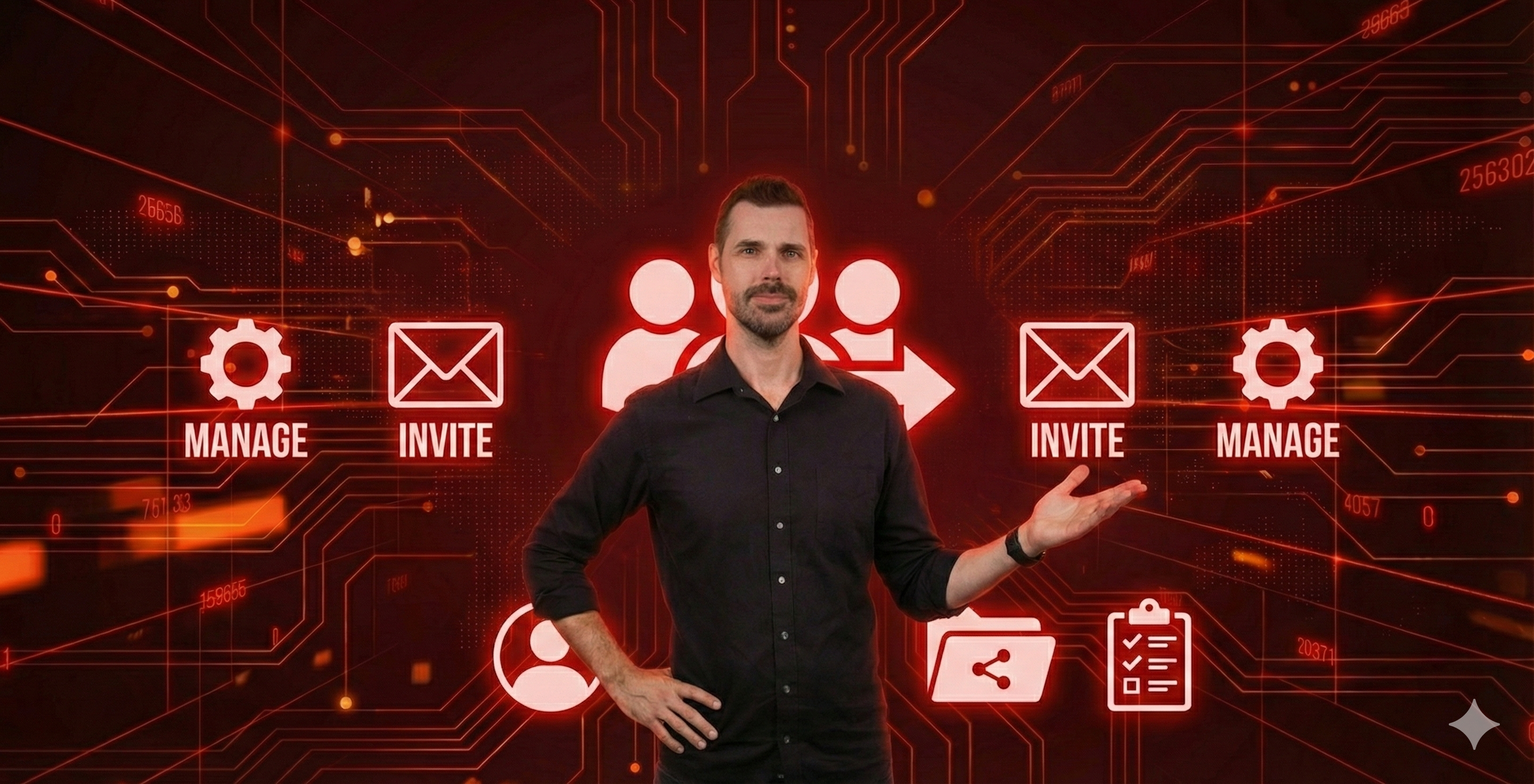How To Build A Brand: 4 Simple Steps
Your brand is more than just a logo on a shirt. It’s the relationship between your business and your target audience. Simply put, your brand is your...
3 min read
 Derik Savage
September 3, 2024
Derik Savage
September 3, 2024
As a content creator or marketer, you’ve likely built a strong following by getting subscribers to your newsletter, encouraging downloads of your white papers, and using various lead magnets. These are all excellent strategies that make inbound marketing effective. But what happens when you want to take your online presence offline and host an event, say, in Nashville, Tennessee? You’ll need to let your audience know, especially those nearby, so they can attend. The challenge? You might not know where many of your contacts are located.
If you haven't collected location data from your subscribers, it can be tough to segment your contact list by location. When someone fills out a form on your website, one of the details logged is their IP address. This little piece of data can be your secret weapon. HubSpot, for example, automatically logs the city, state, and country associated with an IP address when a form is submitted, even if you didn’t explicitly ask for that information.
By using HubSpot’s workflows, you can automatically populate your contacts’ location fields based on their IP address. This is an effective way to segment your contact list without needing to manually gather location data. Below, I’ll walk you through setting up this workflow.
First, let’s explore where these location properties exist in HubSpot. In your HubSpot portal, navigate to a contact record. Even if a contact hasn’t provided their location, HubSpot may have logged their IP city, state, and country. For example, when you search for the “City” property, you might not find it filled in, but “IP City” likely will be. The same goes for “State” and “Country.”
Now that you know where to find these properties, let’s create the workflow. Follow these steps:
Automations and then Workflows.Contact-based, so select that option and click Next.Next, set up a trigger based on an event:
When an Event Occurs, scroll to Property Value Changed, and search for the IP-based property you want to use, like “IP State Region.”Now, create logic that will determine whether or not the workflow should update a contact’s location:
You don’t want to stop at just the state. Repeat the same process to populate the city and country properties:
Set Property Value, and choose the “City” property. Populate it with the IP city value.A valid concern is whether the IP address accurately reflects a contact’s current location, especially if they travel frequently. While IP addresses aren’t always perfect, they usually provide a good indication of where someone is located, especially for event targeting purposes.
Before fully rolling out this workflow, test it on a few contacts to ensure it works as intended. Once you’re satisfied, activate the workflow and start using it to better target your marketing efforts based on location.
And that’s it! You’ve now learned how to automatically populate location properties for your contacts using HubSpot workflows. This technique can significantly enhance your ability to segment your contact list and execute more targeted, location-based marketing campaigns. Whether you’re planning an event or tailoring your messaging, this approach will ensure you’re reaching the right people in the right places.
.jpg)
Your brand is more than just a logo on a shirt. It’s the relationship between your business and your target audience. Simply put, your brand is your...
-3.png)
As a business owner, you know the importance of maximizing your return on investment (ROI) in every aspect of your operations. When it comes to...

If you've recently been assigned the role of HubSpot admin and need to invite your team members to the platform, this guide is for you. We’ll walk...